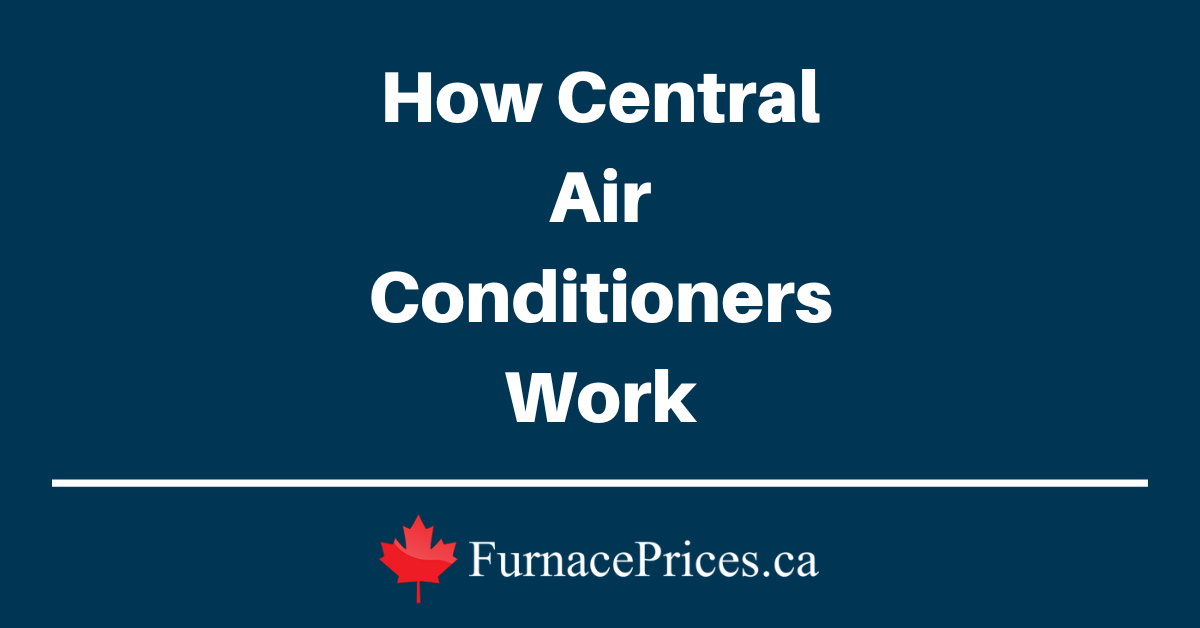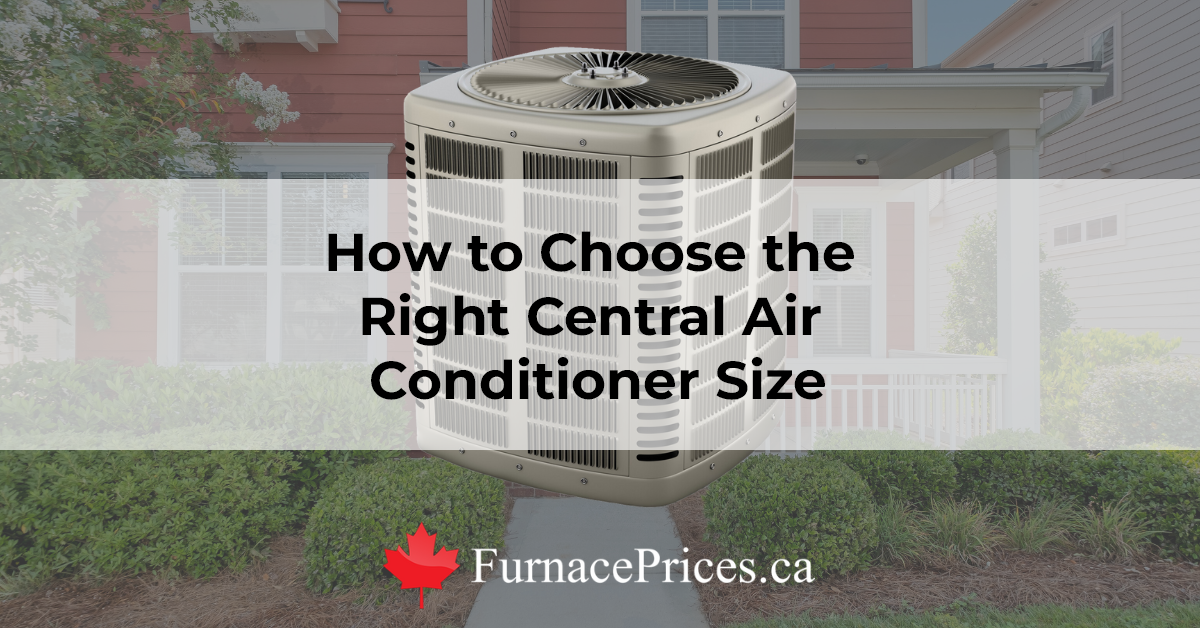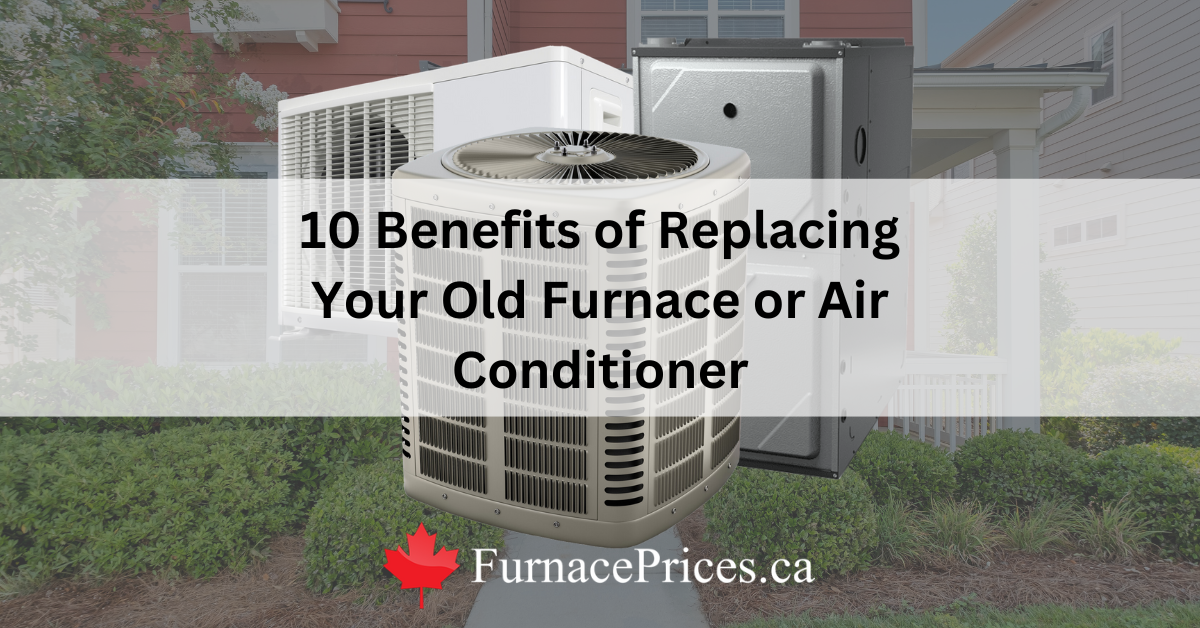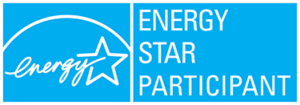Which air conditioner type should you choose to keep cool efficiently and affordably? During the summer months, a combination of high temperatures, increased humidity, and bright afternoon sunlight can make it uncomfortably warm inside your home. Installing an air conditioning system will not only create a cooler indoor environment, it can also improve respiratory conditions like asthma and some types of A/C units can even eliminate odours and pollutants.
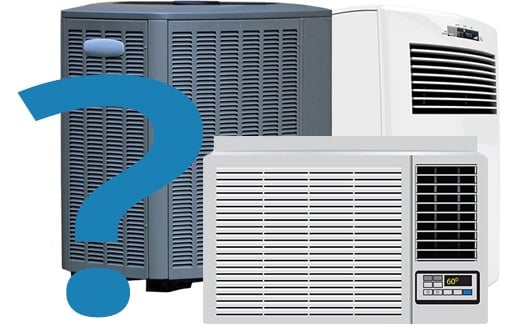
There are two main air conditioner types:
- Room air conditioners: intended to cool small areas
- Central air conditioners: designed to cool an entire home or multiple areas at once
Each type of air conditioner has its own variations aimed at an apartment dweller or homeowner’s particular budget and needs.
To help you decide which system is right for you, we explain the features, key details, things to consider, average prices and operating costs, advantages and benefits, and potential downsides of each ac type.
Key Takeaways
- Renters or those on a limited budget will likely prefer less permanent and more portable options like a window or portable A/C.
- If you have ductwork, a central air conditioner makes the most sense.
- However, you should consider buying a heat pump rather than a central air conditioner. Heat pumps are basically air conditioners that can also heat in the colder months of the year, and can save you money in the long run as they are much more efficient than other heating methods. Plus you may qualify for government rebates of over $5,000 for installing a heat pump!
- If you don’t have ductwork, a ductless mini-split A/C likely makes the most sense.
- Portable air conditioners should be your last resort as they are the least effective. Because the compressor is located inside the room, rather than facing towards the outside like a window air conditioner, a lot of heat is released back into the room making them less efficient.
Bottom Line: The type of air conditioner that is best will depend substantially on your home, needs, and budget.
Here’s a quick rundown of the different air conditioner types, comparing prices and cooling capacity:
| Air Conditioner Type | Price Range (including installation) | Average Operating Cost (per month) | Cooling Capacity |
|---|---|---|---|
| Room Air Conditioner | $175 – $800 | $10 – $75 | 5,000 to 25,000 BTU |
| Portable Air Conditioner | $300 – $700 | $300 – $700 | 5,000 to 15,000 BTU |
| Central Air Conditioner | $3,500 – $7,000 | $75 – $250 | 12,000 to 60,000 BTU (1 to 5 tons) |
| Ductless Mini-Split | $4,000 – $8,000+ | $50 – $200 | 12,000 to 60,000 BTU (1 to 5 tons) |
| Heat Pump | $4,000 to $20,000 | $50 to $300 | 6,000 to 60,000 BTU |
| Geothermal Heat Pump | $15,000 to $40,000 | $25 to $200 | 12,000 to 120,000 BTU |
| Dual-Fuel Air Conditioner | $5,000 and $23,000 | $90 to $150 | 18,000 to 60,000 BTU |
Room Air Conditioners
Window Air Conditioners
Window-mounted air conditioners are used to cool single rooms. They are installed in an open window with the cool air return system on the inside and the hot air exhaust turned outside.
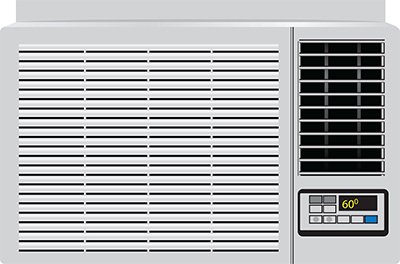
Price Range: $175 – $800
Average Operating Cost: $10 – $75 per month
Typical cooling capacity: 5,000 to 25,000 BTU.
Factors that impact the size of window air conditioner you need:
- An average of 20 BTU is needed for each square foot of space to be cooled
- Rooms with higher ceilings may need more cooling power
- Rooms that get a lot of sunlight need an additional capacity of 10%
- If more than two people regularly use the room, add 600 BTU for each extra person
- ENERGY STAR® recommends an additional 4,000 BTU for units installed in kitchens
TIP! Before purchasing a window unit, check for an ENERGY STAR® rating.
These models use approximately 10% less energy than comparable units and include digital thermostats, multiple cooling speeds, programmable timers, and other features that enable better control over operation and energy use (source).
Advantages of a Window Air Conditioner
- Compact and comparatively inexpensive
- Relatively easy to install and uninstall
- Does not take up floor space, which is a plus in smaller rooms
- Great for renters since it can be taken with you when you move
Potential Disadvantages
- More challenging to remove and set up in a different room
- Not supported by all windows
- The panels that hold them in place can let in hot air if not installed correctly, making the units less efficient
- Takes up window space/may make a window otherwise unusable while installed
Portable Air Conditioners
Portable air conditioner types are a recommended solution for homes and apartments that are unable to install a window unit due to unusual window configurations or building regulations.
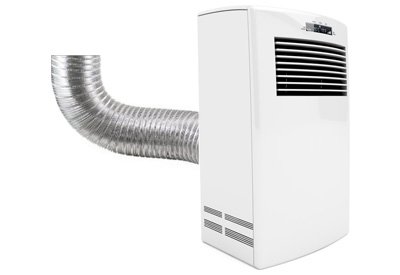
Price Range: $300 – $700
Average Operating Cost: $10 – $50 per month
Typical cooling capacity: 5,000 to 15,000 BTU
Portable units are more flexible than window air conditioners because they can be moved from room to room. They use air inside the room to cool the condenser and blow hot air outside via a hose that vents through a window.
One downside of portable A/Cs is that because the entire unit is located within the room, rather than being partially outside facing like a window unit, some of the extracted heat ends up being released into the room, which makes them less effective.
BTU ranges and considerations are generally similar to window air conditioners (see above). Also like window units, most portable air conditioners have adjustable thermostats and multi-speed fans for maximum climate control and even include a timer for powering the unit on and off according to a preset schedule.
Advantages of a Portable Air Conditioner
- Less expensive than central air
- Easy to set up
- Doesn’t require permanent installation
- Great for renters since it can be taken with you if you move
Potential Disadvantages
- More expensive than a window unit
- Noisier operation, as all of their operating parts are indoors instead of facing outside
- Less effective as they don’t vent heat outside as well as window units
- Usually have a drip tray which needs to be emptied somewhat frequently (depending on use)
- Takes up floor/room space
Get Quotes
How soon are you looking to buy?*

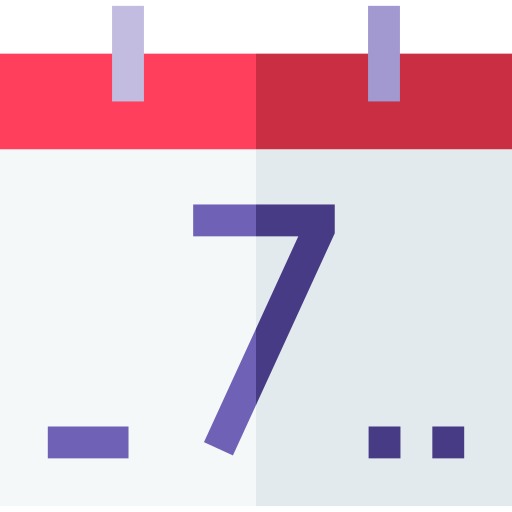

Whole-Home Air Conditioners
Central Air Conditioner
Central air conditioners are one of the most common air conditioner types in Canada. They’re designed to cool an entire home and are ideal for homes with forced-air heating. They consist of an exterior unit for releasing heat, and the interior coil which is mounted on the furnace and which captures heat and humidity from the indoor air using refrigerant.
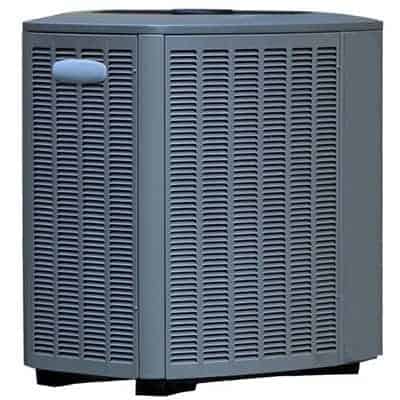
Price Range: $3500 – $7000 (including installation)
Average Operating Cost: $75 – $250 per month
Typical cooling capacity: 12,000 to 60,000 BTU (1 to 5 tons)
Factors that impact the size of central air conditioning unit needed for your home:
- The home’s age
- Total volume of all living spaces
- The number and orientation of your windows
- How much sunshine can enter the home
- Type and condition of existing ventilation system and ductwork
- Is there room above your furnace for the coil? In some homes the furnace may be in a crawlspace or otherwise not have enough room to fit the new central A/C’s coil.
Buying the right size for your home is important. If the system you select is too big, it will over-cool the air and turn off too quickly. The walls, furniture, and other structures will not be sufficiently cooled, however, causing the AC to start up again and create an expensive series of ‘short runs’.
Undersized AC systems are just as problematic, as they will waste energy and cost money by running continuously, struggling to adequately cool the home.
Once you source a system that is the right size to cool your home, you will want to check its Seasonal Energy Efficiency Ratio (SEER) rating. The higher the rating, the less energy it will consume. ENERGY STAR® qualified systems range between 12 and 24 SEER.
Note room air conditioners are typically rated using Energy Efficiency Rating (EER), while central A/Cs are typically rated using SEER (source).
*Note these are just general estimates for average Canadians. Many factors can impact usage costs including the size of your home, how much you use it, the temperature at which you set your thermostat, how well-insulated your home is, local electricity prices, if you use it during peak or off-peak times, your unit’s efficiency rating, and so on.
Advantages of a Central Air Conditioner
- Cools the entire home
- Utilizes air filters to provide cleaner air
- Supports a programmable thermostat, which can save money on cooling costs
- Relatively little maintenance required
Potential Disadvantages
- Can be more expensive to install
- More costly to operate than a small portable or window unit (since it cools a much larger area… i.e. your entire home), but is still generally a better and more economical option than using multiple window or portable units
- Depending on where the outdoor unit is located, it can produce a fair amount of noise which may be annoyance when sitting nearby like on your patio, backyard deck, pool, etc.
Central AC Sub-Types & Features
There are many central ac unit types to choose from, depending on your needs and what types of features you want.
Singles-stage air conditioners only have ON/OFF settings and tend to be cheaper but less efficient and not as good at cooling large homes evenly.
Two-stage air conditioners have a high and low setting to offer quieter, more even, more efficient cooling.
Variable-speed air conditioners can make incremental adjustments to the cooling output. These are the most expensive air conditioner types but also the quietest, most efficient, and best at evenly cooling large spaces.
Smart A/Cs are types of air conditioners that connect to the internet and provide remote access through an app, a smart home device, or voice control.
Ductless Mini-Split Air Conditioner
Mini-split air conditioning systems also known as ductless air conditioners, are ideal in home extensions, condos, and smaller homes or older homes and buildings with boiler/hydronic or electric baseboard heating that have no ductwork.
If you’ve ever wondered why it’s called a “ductless mini-split,” let’s look into it.
The “ductless” part simply refers to the fact that you don’t need ductwork because the system uses indoor air handlers to distribute cool air. There are several types of indoor units, including:
- Wall-mounted
- Floor
- Ceiling
- Cassette
The “mini” part refers to the fact that the indoor units are compact and don’t take up much space.
Finally, the “split” part indicates that the system has an outdoor unit that houses the compressor and condenser as well as an indoor unit(s) that contains the evaporator and fan. A central air conditioner is also a split system, but one that uses ductwork to distribute cool air.
Packaged systems are other air conditioner types. Unlike split systems, all the major components (compressor, condenser, and evaporator) are housed in a single outdoor unit that’s usually installed on the roof or on a slab beside the building. While packaged systems are more common in commercial applications, homeowners sometimes use them for houses with limited indoor space.

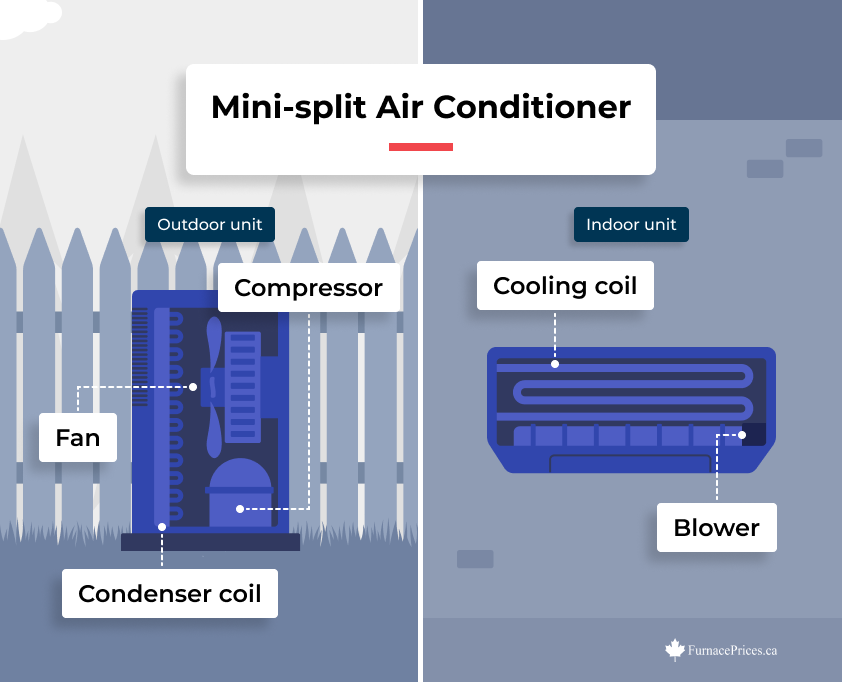
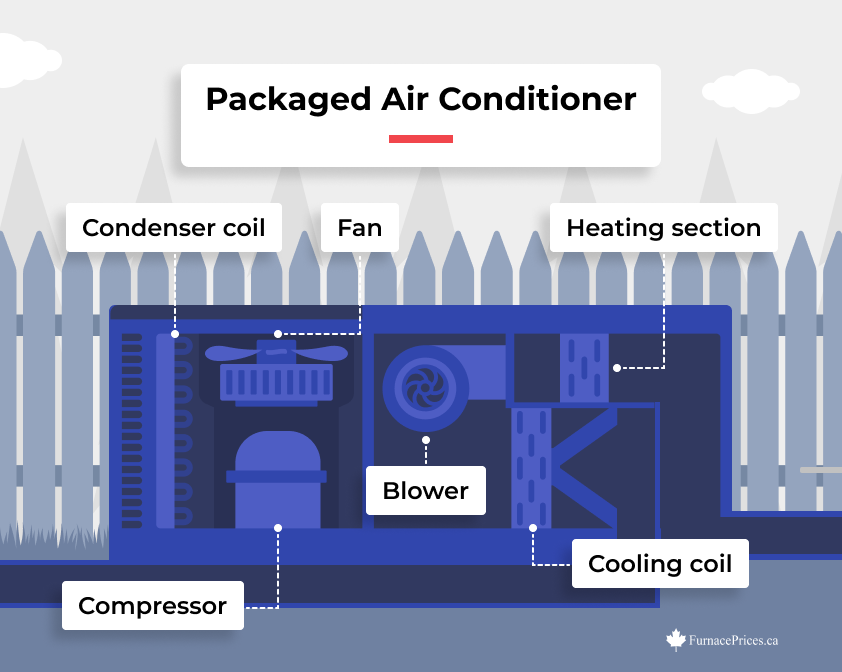
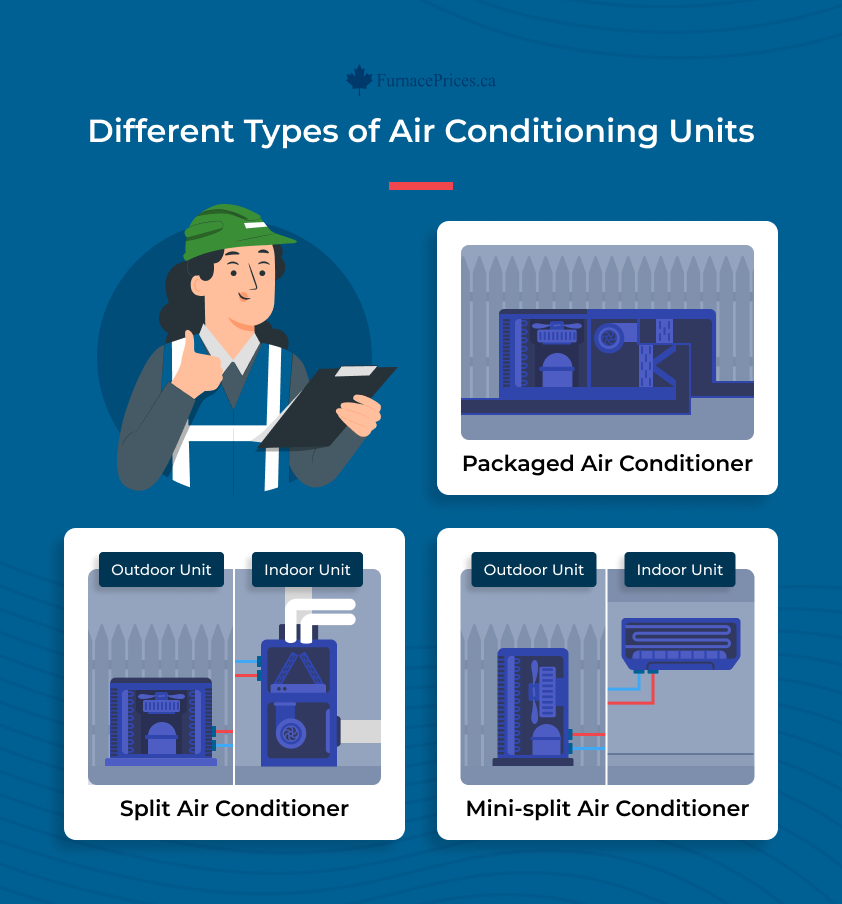
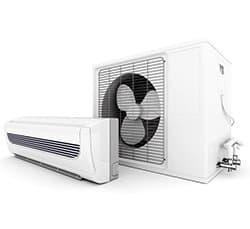
Price Range: $4000 – $8000+ (including installation)
Average Operating Cost: $50 – $200 per month
Typical cooling capacity: 12,000 to 60,000 BTU (1 to 5 tons)
Ductless mini-split ACs work by extracting hot air and humidity from the room(s) and expelling both through the compressor into the outdoors. Compressor refrigerants cool air from the exterior and the fan blows the chilled air around the room.
Like single-package air conditioning systems, a favourable SEER rating is important when it comes to saving money. An ENERGY STAR® qualified split system will have a rating of 13.0 and up (source).
Advantages of a Mini-Split Air Conditioner
- Versatile installation: can be positioned on the wall or floor
- No ductwork required
- Zoned cooling without having to close off vents
Potential Disadvantages
- Initial expenditure: can be more expensive to set up than a traditional central air system
- Can only push air so far, so cooling larger rooms may be difficult
- Requires visible indoor units which can take up wall space and which some people may consider an eyesore
- Since one or multiple indoor units are needed, they can produce somewhat more noise than a central unit placed outside
Hybrid Air Conditioning Systems
Heat Pump
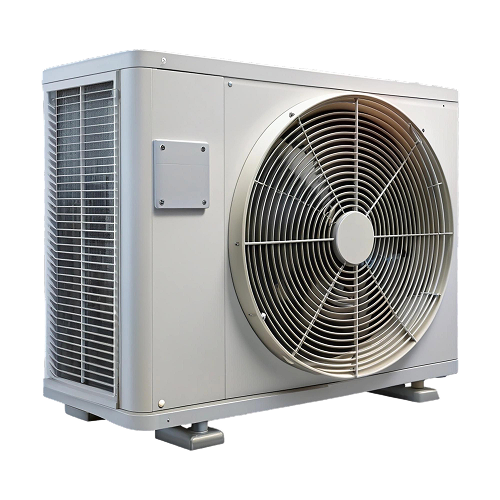
All air conditioner types are heat pumps—electrical devices that move heat from one place to another. The difference is a heat pump can function as an A/C that provides cooling in summer and as an electric heater that provides heating in winter.
Price Range: $4,000 to $20,000 (including installation)
Average Operating Cost: $50 to $300 per month
Typical cooling capacity: 6,000 to 60,000 BTUs
Heat pumps come in ductless versions and ducted ones that act like central air conditioners/heaters. One of the most common heat pump types is air-to-air, meaning the heat pump extracts heat from the air and moves it elsewhere.
In summer, a heat pump removes heat from the air in your house and moves it outside, thereby cooling your home.
In winter, a heat pump takes heat from the air outside and moves it inside, thereby heating your home.
Heat pumps have traditionally been popular in places with milder climates, but there are also cold-climate heat pumps available now that work efficiently in colder temperatures, some as low as -25 or -30 C.
Advantages of a Heat Pump
- Ducted and ductless versions available
- Highly efficient
- Provides both heating and cooling
- More environmentally friendly compared to fossil fuel heating
- Easy installation
- Low maintenance
- Options for single-room or whole-home systems
- Indoor units with ductless systems have lots of features to choose from
Potential Disadvantages
- Special cold-climate system is required in Canada
- Operational costs can be high depending on your electricity rates
- Indoor and outdoor units make noise
- Installation cost can be higher than traditional furnaces or air conditioners
- No option to provide domestic hot water as well (compared to other types of heat pumps, like geothermal)
Geothermal Heat Pump
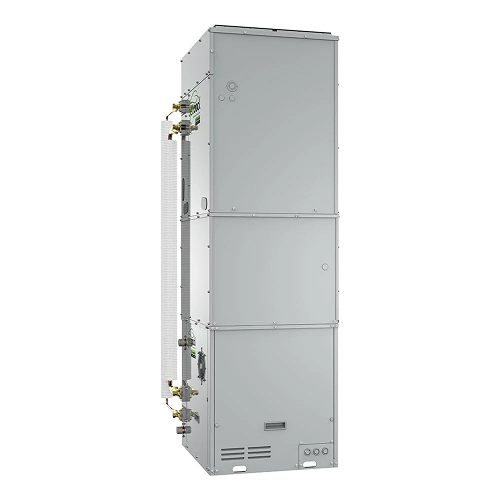
A geothermal heat pump is a specific type of heat pump that provides heating and cooling by transferring heat to or from the ground, using the earth’s relatively constant underground temperature to regulate the temperature inside your home.
Price Range: $15,000 to $40,000 (including installation)
Average Operating Cost: $25 to $200 per month
Typical cooling capacity: 12,000 to 120,000 BTUs
A geothermal heat pump transfers heat between your home and the ground by using a loop of buried pipes filled with fluid. The fluid absorbs heat from the ground in winter to warm the home and releases heat into the ground in summer to cool it.
These systems can provide heating, cooling, and domestic hot water.
Of all the air conditioner types, a geothermal heat pump is the most expensive to buy and install. However, the operating cost is typically significantly lower compared to other heating types.
You also need the right type of property, one where it’s possible to dig and install the underground loop. As such, these systems aren’t suitable for all homes.
Advantages of a Geothermal Air Conditioner
- Systems are highly efficient
- Low operating costs
- Can provide heat, a/c, and hot water
- Long lifespan
- Quiet operation
- Low carbon footprint
- Doesn’t require a lot of maintenance
- Can increase property value
Potential Disadvantages
- High purchase price
- Expensive and complex installation
- Only suitable for certain types of properties
- Installation disturbs landscape
- Can be difficult to find professionals who are familiar with the system for installation and maintenance
Hybrid / Dual-Fuel Air Conditioner
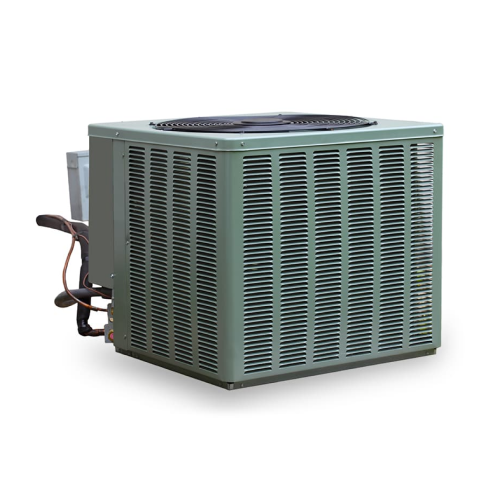
A hybrid, or dual fuel air conditioner, is a heat pump that provides cooling in summer and heating in winter, but it also works in conjunction with a regular gas furnace. When the fall/winter temperatures are mild enough, the heat pump heats the house. But when the temperature drops and demand for heat increases, the furnace takes over.
Price Range: $5,000 and $23,000
Average Operating Cost: $90 to $150 per month
Typical cooling capacity: 18,000 to 60,000 BTUs
Some air conditioner types can provide heat for your home as well, but dual fuel heat pumps are good if you want to reduce your fossil fuel consumption but still need a reliable heat source in cold weather.
A dual fuel heat pump can be a good option over a cold-climate heat pump if you live in a very cold region, or when you already have a gas furnace and want to make your home more environmentally friendly and take advantage of electric heat when possible.
However, a cold-climate heat pump can make more sense in milder climates if your electricity rates are low and you want to significantly reduce your home’s carbon footprint.
Advantages of a Hybrid / Dual-Fuel Air Conditioner
- Many options available—plenty of HVAC manufacturers make dual fuel furnaces
- Cost-effective heating
- Lower carbon footprint
- Reliable heat in any weather
- Long lifespan
- Lots of options for rebates
Potential Disadvantages
- Can have a higher upfront cost
- Still have to use fossil fuels
- System can require more maintenance
- Smart thermostat required to switch between fuels
Other Air Conditioner Types
Through-the-Wall Air Conditioner

A through-the-wall air conditioner is similar to a window air conditioner, but instead of being installed in a window, the a/c is installed in a custom hole through the wall. Depending on the style, the air conditioner might actually be mounted through the wall near the floor, and these are sometimes called floor air conditioners.
These air conditioner types are great for small spaces that don’t have ductwork. You don’t have to remove them in winter, and they’re better insulated than window a/c units. However, they can be noisy, and you do have to cut a hole in the wall to install them.
Through-the-wall air conditioners cost an average of $900 to $2,500 with installation.
Evaporative Air Conditioner
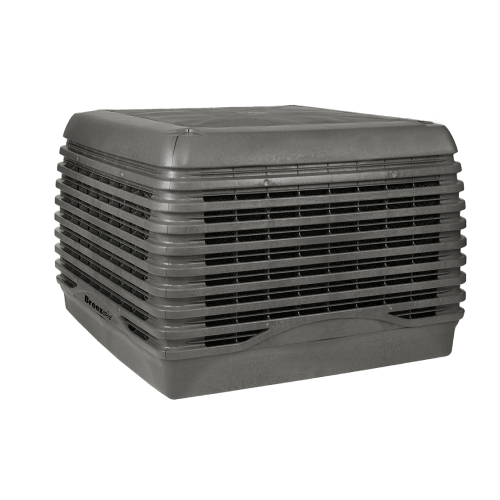
Of all the air conditioner types available, this is one of the few that doesn’t require refrigerant. Instead, evaporative air conditioners use evaporating water to cool the air. Inside the unit is a filter or pad that’s soaked in water. When warm air passes over it, the water evaporates and absorbs heat from the air and cools it. The cooled air is then blown out to cool the space.
There are smaller portable units available as well as whole-home systems, but these aren’t common in Canada.
Because evaporative air conditioners add moisture to the air, they’re great for hot, dry climates. Other benefits include that they’re eco-friendly and don’t use a lot of energy. However, they aren’t very effective in humid climates and need more maintenance than regular air conditioners because of the wet filter/pad.
Rooftop Air Conditioner
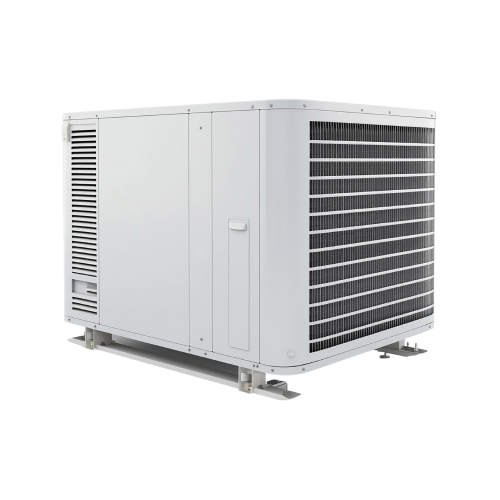
A rooftop air conditioner is a type of packaged air conditioner. That means the outdoor unit, which is installed on the roof of a building, houses all the major components, including the compressor, condenser, and evaporator.
It works like a regular central air conditioner, distributing cooled air throughout the building using ductwork.
This is one of the air conditioner types that’s generally only used in large residential spaces or commercial buildings.
While these systems can be noisy and more expensive to install, they do save space for buildings that don’t have a lot of clearance on the sides.
Get Quotes
How soon are you looking to buy?*



Choosing the Right Type of Air Conditioner for Your Home and Needs
When determining which type of air conditioner you require, you will need to consider the size of the area being cooled and whether you want a temporary or permanent cooling solution.
Which air conditioner types are the cheapest to operate?
There are many variables that can impact which type of air conditioner has the lowest operating costs. Electricity usage is the main cost, and while small window units are likely to be the cheapest, they also only cool a small area. A central air conditioner will generally be the lowest cost to operate overall when you factor in the total volume of space that it can cool.
Window and portable air conditioners are similar in operating cost and overall electricity use, but window units tend to be slightly more efficient because they more effectively vent heat outdoors.
Compared to cooling a larger home with multiple window or portable units, for example, a central air conditioner is a better option.
Ductless mini-splits are similar in efficiency to central air conditioners, depending on the exact model, but have more limitations in the total space they can cool before needing additional units.
Final Thoughts
When it comes to air conditioning systems, no A/C type is superior to another. The most practical and cost-effective choice depends on your home’s configuration and layout as well as your personal preference. Consultation with an expert will help you select the appropriate type, model, and size for your budget.
FAQ
What is the most reliable air conditioning unit?
The most reliable air conditioner types tend to be central a/c units (especially ones with inverter-driven compressors) and ductless mini-split systems.
Which AC is best for bedrooms?
For bedrooms, the best air conditioner is typically a ductless mini-split system. However, a window AC with quiet operation can also work well for a single bedroom.
What is the most advanced home AC system?
The most advanced home AC systems arevariable-speed central air conditioners and ductless mini-split systems with smart technology and additional features, such as precise temperature control, high energy efficiency, quiet operation, and integration with smart home systems for remote monitoring and automation.
How long do most AC systems last?
It depends on the air conditioner type:
- Central a/c systems and rooftop units typically last between 15 and 20 years
- Ductless systems can last 10 to 30 years
- Window air conditioners can last eight to 15 years
- Portable a/c units can last 5 to 10 years
- Heat pumps can work well for 10 to 20 years
- Geothermal heat pumps can last 20 to 25 years
Which AC system is the easiest to install and maintain?
Window and portable systems are the easiest air conditioner types to install, and they require little maintenance. However, they’re not nearly as efficient and can’t cool large spaces. For larger spaces without ductwork, ductless mini-splits are the easiest to install and maintain, and they’re highly efficient. That being said, if you already have ductwork in your home, it can be relatively simple to install a central a/c.
Do I need an air conditioner if I have ceiling fans?
Ceiling fans help circulate air, but they don’t lower the actual temperature of a space. If you live in a hot or humid climate, you’ll likely still need an air conditioner to effectively cool and dehumidify the space. However, ceiling fans can reduce how much you rely on the a/c because the breeze helps you feel cooler.
Get Quotes
How soon are you looking to buy?*






